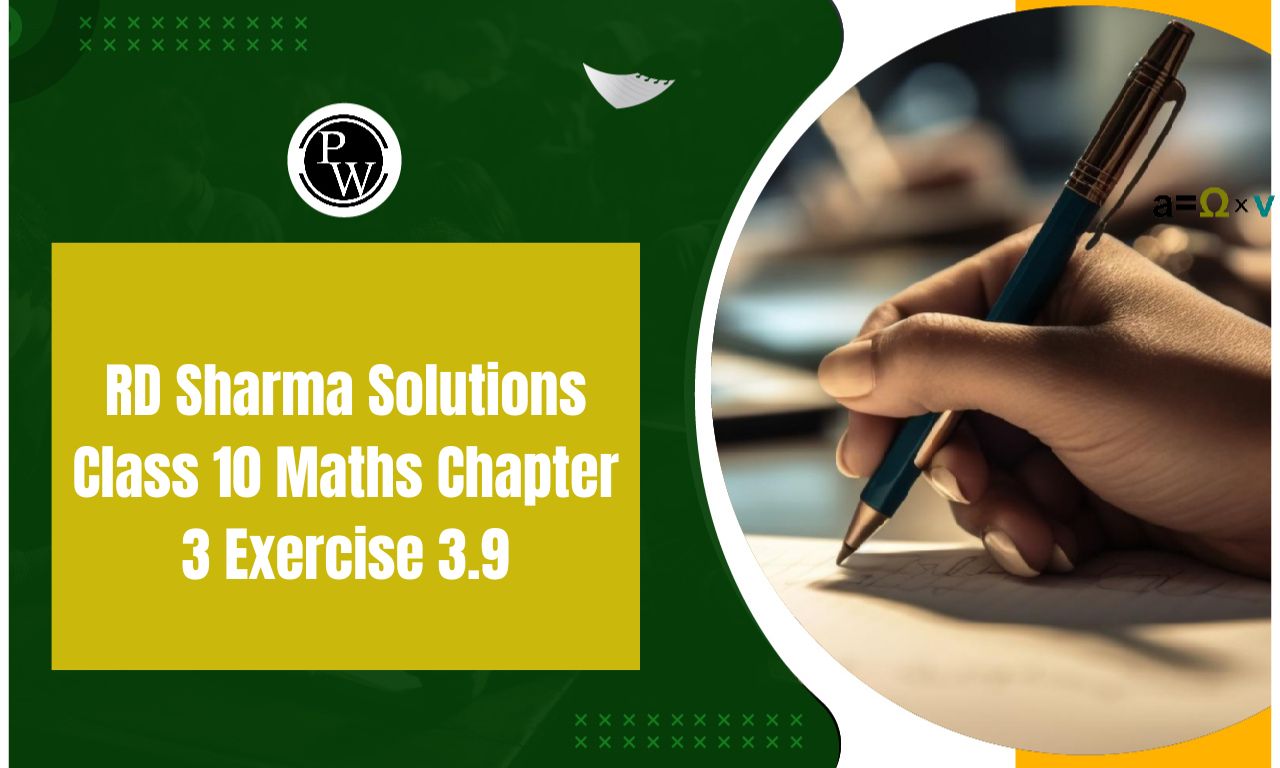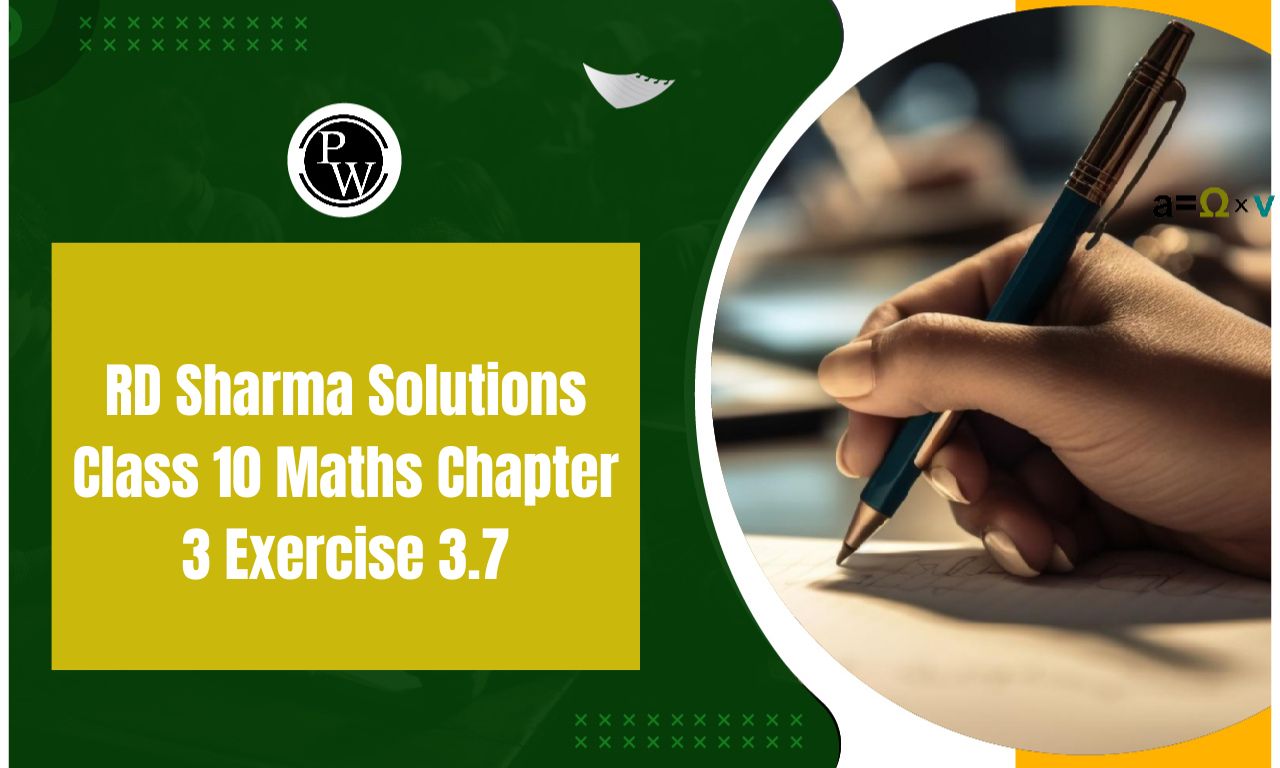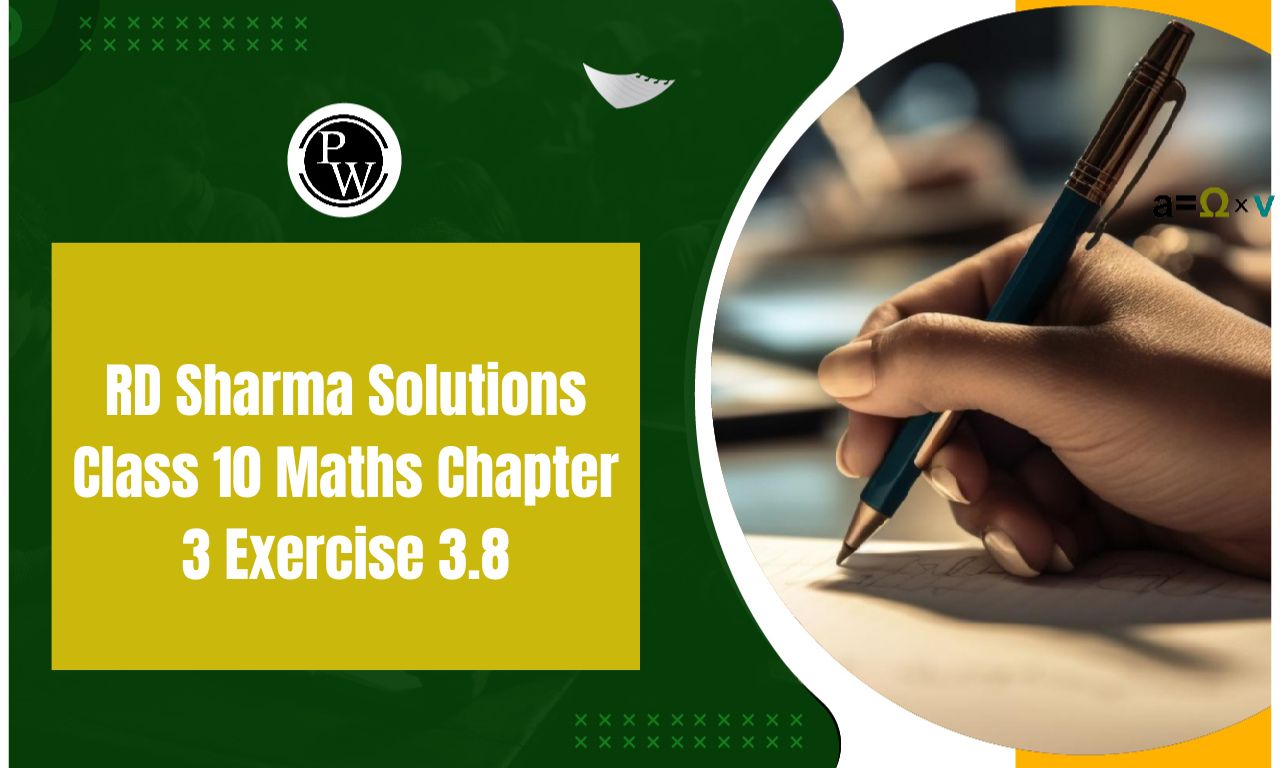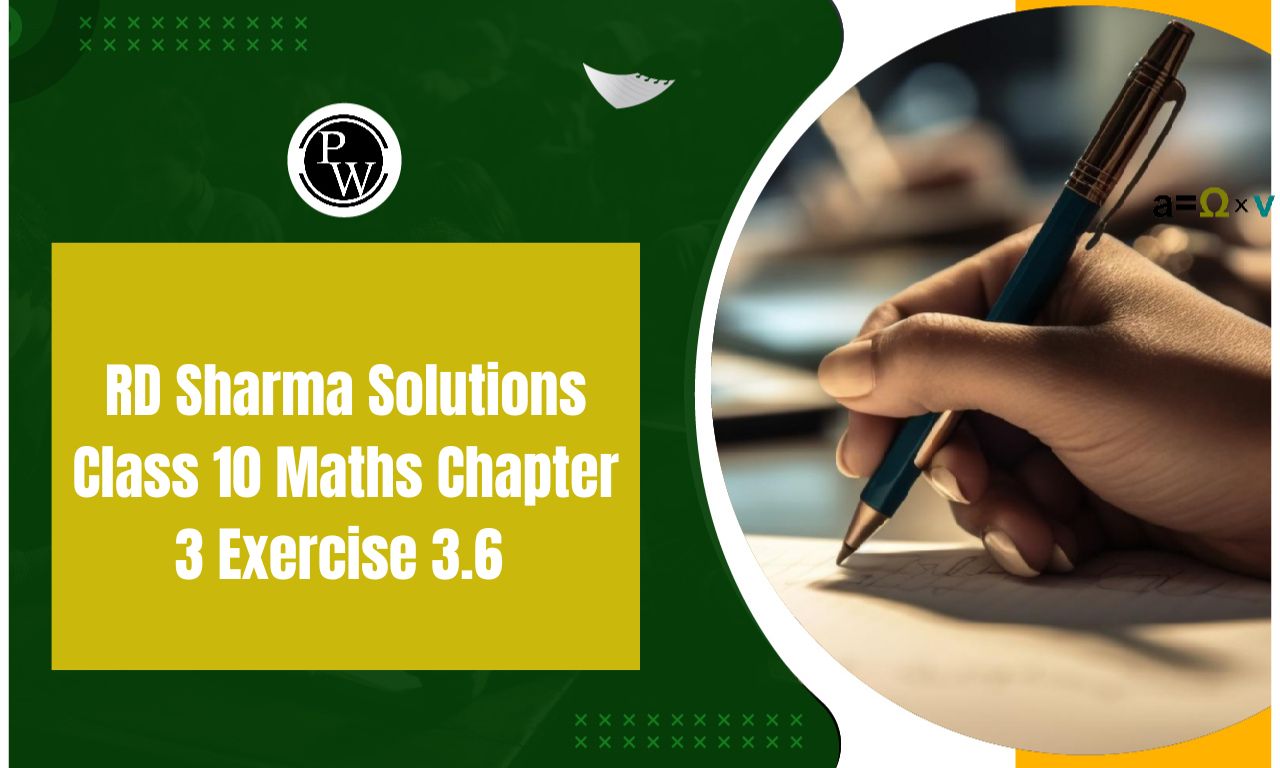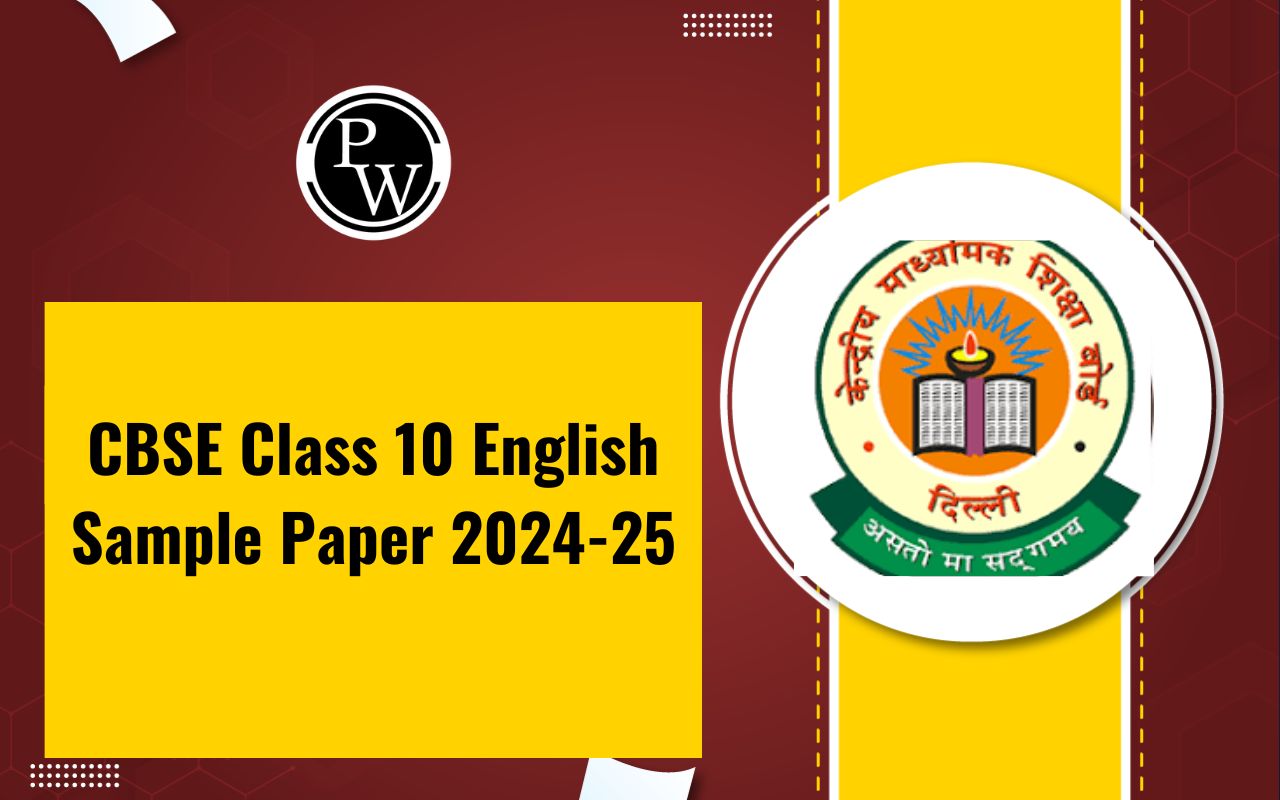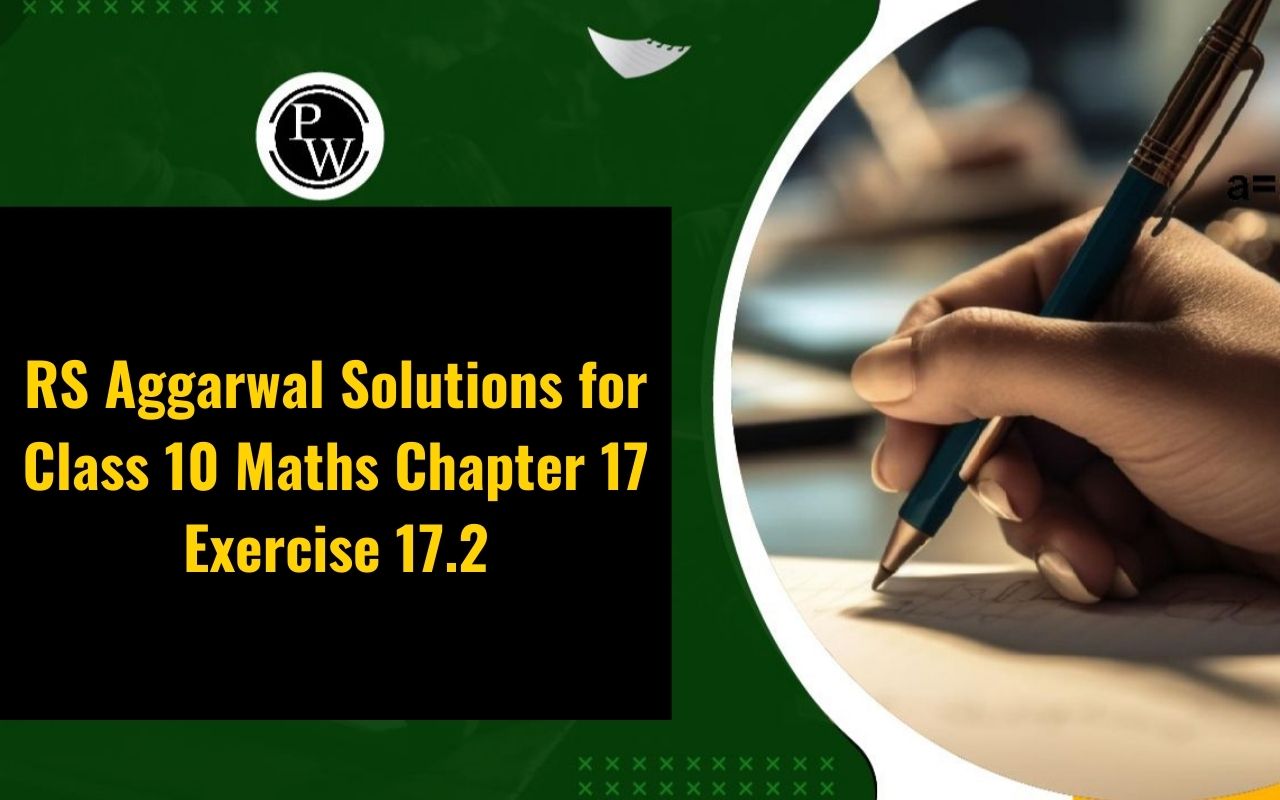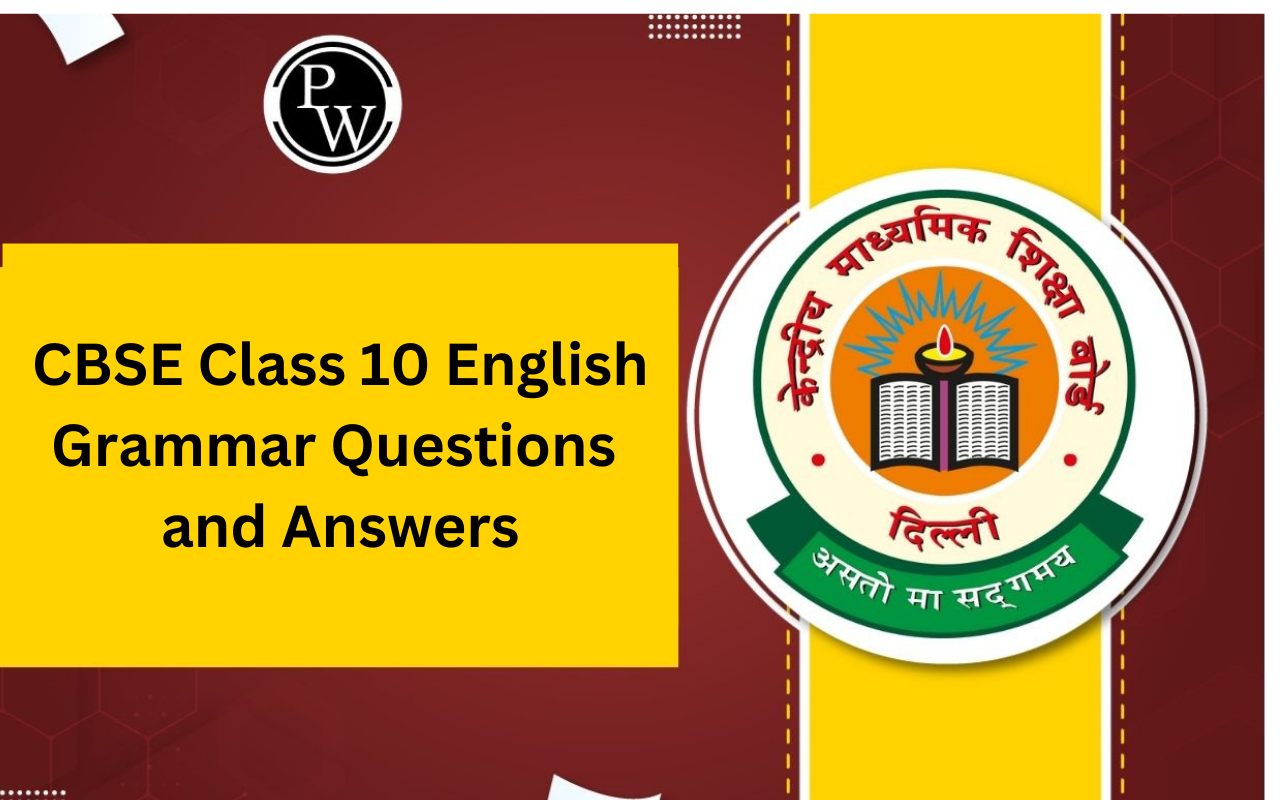
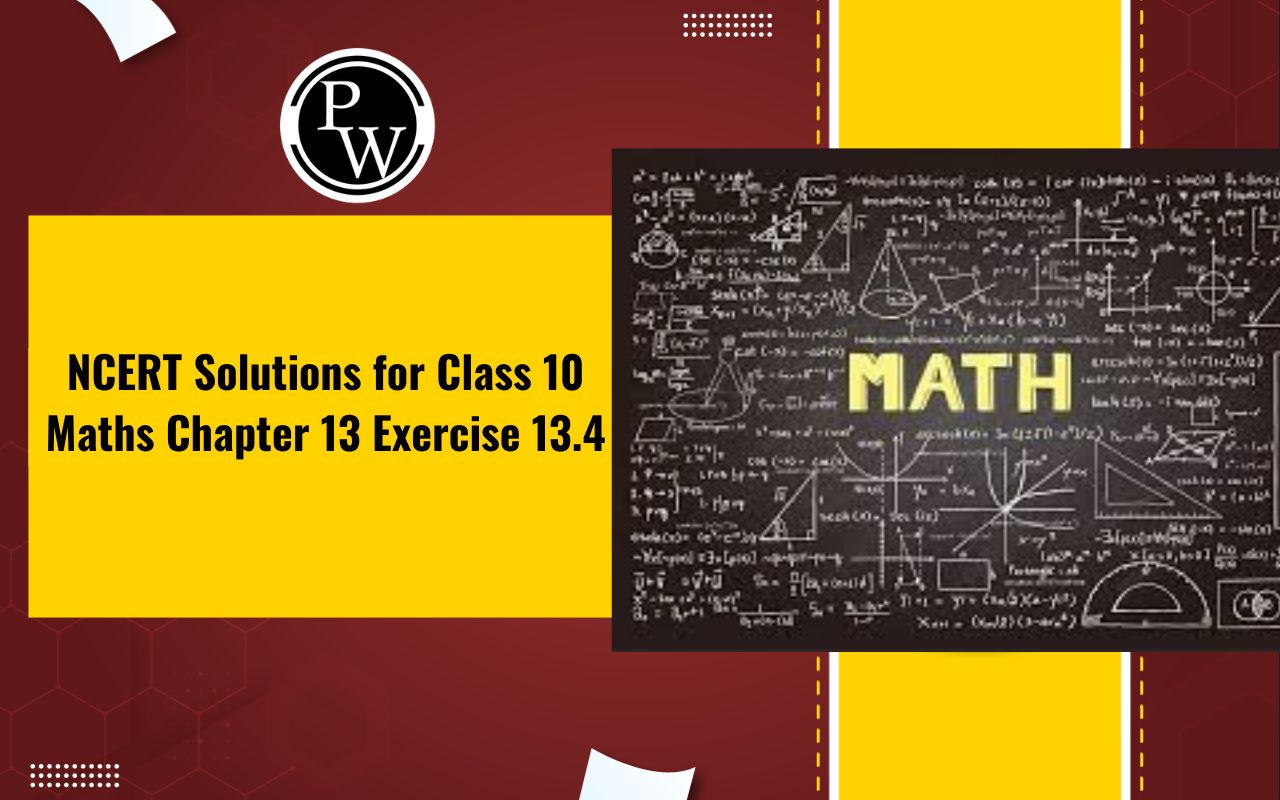
NCERT Solutions for Class 10 Maths Chapter 13 Exercise 13.4: NCERT Solutions for Class 10 Maths Chapter 13 Statistics Exercise 13.4 focuses on drawing cumulative frequency curves (ogives) and determining the median of grouped data graphically.
This exercise enhances understanding of data visualization and its application in real-life scenarios. Students learn to construct cumulative frequency tables, plot "Less than" and "More than" ogives, and interpret the graphical intersection point to find the median.NCERT Solutions for Class 10 Maths Chapter 13 Exercise 13.4 Overview
Exercise 13.4 of Chapter 13 Statistics in NCERT Class 10 Maths focuses on the graphical representation of cumulative frequency data and the determination of the median using ogives. Students learn to create cumulative frequency tables, including less than cumulative frequency and more than cumulative frequency, which are essential for plotting the respective ogives. The less than ogive is plotted using the upper-class boundaries against the less than cumulative frequency, while the more than ogive is plotted using the lower-class boundaries against the more than cumulative frequency.CBSE Class 10 Maths Sample Paper 2024-25
The intersection of these two curves is used to find the median graphically by projecting the intersection point onto the x-axis. This exercise strengthens students understanding of data visualization and provides practical experience in analyzing grouped data. It also highlights the importance of statistical tools in interpreting real-world information and trends.Class 10 Maths Chapter 13 Exercise 13.4 Questions and Answers PDF
The Class 10 Maths Chapter 13 Exercise 13.4 Questions and Answers PDF provides a detailed solution to problems related to the graphical representation of cumulative frequency and the calculation of the median using ogives. This PDF includes step-by-step explanations, cumulative frequency tables, and detailed methods for plotting both less than and more than ogives. It is a valuable resource for students to understand the concepts of statistics and practice solving problems effectively. You can access the PDF using the link provided below for a structured and thorough approach to mastering this exercise.Class 10 Maths Chapter 13 Exercise 13.4 Questions and Answers PDF
NCERT Class 10 Maths Chapter 13 Statistics Exercise 13.4
Below is the NCERT Class 10 Maths Chapter 13 Statistics Exercise 13.4:Solve the followings Questions.
1. The following distribution gives the daily income of 50 workers of a factory: Convert the distribution above to a less than type cumulative frequency distribution and draw its ogive.
Convert the distribution above to a less than type cumulative frequency distribution and draw its ogive.
Answer:
 Now, by drawing the points on the graph,
i.e., (120, 12); (140, 26); 160, 34); (180, 40); (200, 50)
Now, by drawing the points on the graph,
i.e., (120, 12); (140, 26); 160, 34); (180, 40); (200, 50)
 2. During the medical checkup of 35 students of a class, their weights were recorded as follows:
2. During the medical checkup of 35 students of a class, their weights were recorded as follows:
 Draw a less than type ogive for the given data. Hence obtain the median weight from the graph and verify the result by using the formula.
Draw a less than type ogive for the given data. Hence obtain the median weight from the graph and verify the result by using the formula.
Answer:
 Hence, the points for graph are:
(38, 0), (40, 3), (42, 5), (44, 9), (46, 14), (48, 28), (50, 32), (52, 35)
Hence, the points for graph are:
(38, 0), (40, 3), (42, 5), (44, 9), (46, 14), (48, 28), (50, 32), (52, 35)


 3. The following table gives production yield per hectare of wheat of 100 farms of a village.
3. The following table gives production yield per hectare of wheat of 100 farms of a village.
 Change the distribution to a more than type distribution and draw its ogive.
Change the distribution to a more than type distribution and draw its ogive.
Answer:

The points for the graph are:
(50, 100), (55, 98), (60, 90), (65, 78), (70, 54), (75, 16)
Benefits of Solving NCERT Solutions for Class 10 Maths Chapter 13 Exercise 13.4
- Enhanced Understanding of Graphical Representation : Students develop a strong foundation in plotting cumulative frequency curves (ogives) and interpreting data visually.
- Mastery of Median Calculation : Solving these solutions helps students learn how to calculate the median graphically, a vital concept in statistics.
- Conceptual Clarity : The step-by-step explanations in the solutions promote a deeper understanding of cumulative frequency and its importance in data analysis.
- Exam Preparedness : Practicing these solutions ensures familiarity with typical board exam questions, boosting confidence and improving problem-solving accuracy.
- Improved Analytical Skills : Working on graphical methods enhances analytical and logical thinking, enabling students to interpret and analyze statistical data efficiently.
- Error Reduction : The detailed solutions help identify common mistakes and teach the correct approach, improving precision in solving similar problems.
- Practical Application : Understanding how to represent and analyze data graphically prepares students for advanced topics in mathematics and its practical uses in various fields.
NCERT Solutions for Class 10 Maths Chapter 13 Exercise 13.4 FAQs
Why is Exercise 13.4 important for board exams?
Questions from this exercise frequently appear in board exams, either in graphical or theoretical formats. Practicing these solutions ensures better accuracy and confidence.
What are Less Than and More Than Ogives?
Less Than Ogive: A graph plotted using the upper-class boundaries and the cumulative frequency up to that point.
More Than Ogive: A graph plotted using the lower-class boundaries and the cumulative frequency from that point onwards.
How can I effectively solve the problems in Exercise 13.4?
To solve the problems effectively, first, ensure you understand the formulas for mean, median, and mode. Then, create frequency tables, determine midpoints, and carefully apply the formulas to each problem. Practice step-by-step to gain confidence.
Can Exercise 13.4 questions appear in Class 10 exams?
Yes, questions based on calculating the mean, median, and mode for grouped data are asked in Class 10 exams. Practicing these problems ensures better preparation and a clear understanding of statistical methods.
🔥 Trending Blogs
Talk to a counsellorHave doubts? Our support team will be happy to assist you!

Check out these Related Articles
Free Learning Resources
PW Books
Notes (Class 10-12)
PW Study Materials
Notes (Class 6-9)
Ncert Solutions
Govt Exams
Class 6th to 12th Online Courses
Govt Job Exams Courses
UPSC Coaching
Defence Exam Coaching
Gate Exam Coaching
Other Exams
Know about Physics Wallah
Physics Wallah is an Indian edtech platform that provides accessible & comprehensive learning experiences to students from Class 6th to postgraduate level. We also provide extensive NCERT solutions, sample paper, NEET, JEE Mains, BITSAT previous year papers & more such resources to students. Physics Wallah also caters to over 3.5 million registered students and over 78 lakh+ Youtube subscribers with 4.8 rating on its app.
We Stand Out because
We provide students with intensive courses with India’s qualified & experienced faculties & mentors. PW strives to make the learning experience comprehensive and accessible for students of all sections of society. We believe in empowering every single student who couldn't dream of a good career in engineering and medical field earlier.
Our Key Focus Areas
Physics Wallah's main focus is to make the learning experience as economical as possible for all students. With our affordable courses like Lakshya, Udaan and Arjuna and many others, we have been able to provide a platform for lakhs of aspirants. From providing Chemistry, Maths, Physics formula to giving e-books of eminent authors like RD Sharma, RS Aggarwal and Lakhmir Singh, PW focuses on every single student's need for preparation.
What Makes Us Different
Physics Wallah strives to develop a comprehensive pedagogical structure for students, where they get a state-of-the-art learning experience with study material and resources. Apart from catering students preparing for JEE Mains and NEET, PW also provides study material for each state board like Uttar Pradesh, Bihar, and others
Copyright © 2025 Physicswallah Limited All rights reserved.

